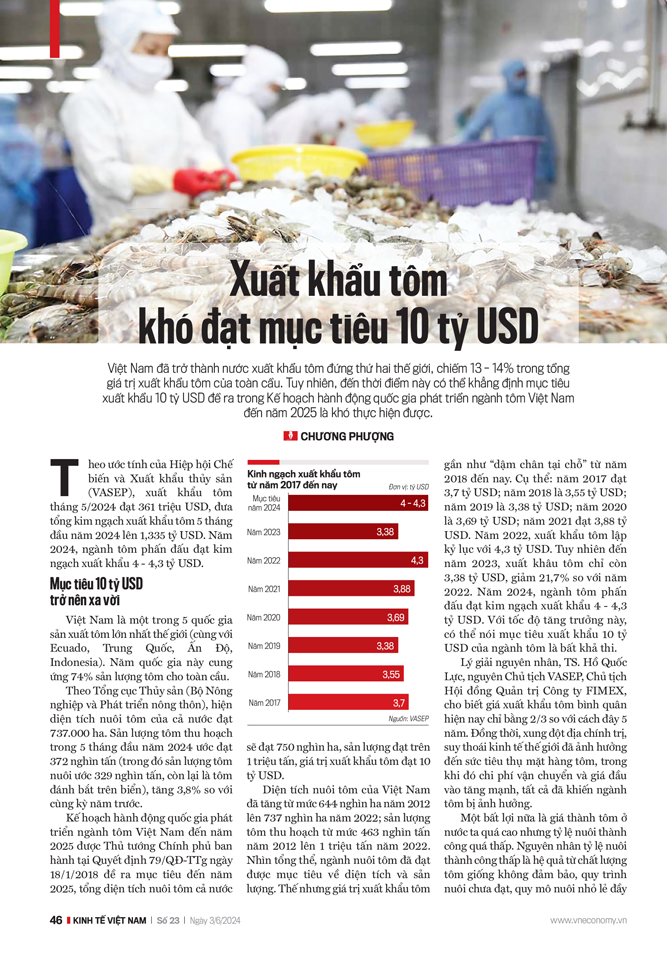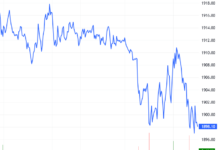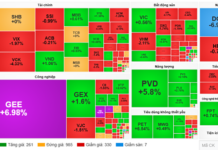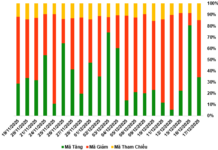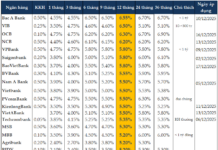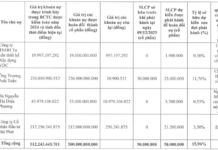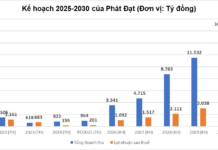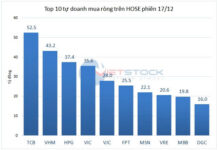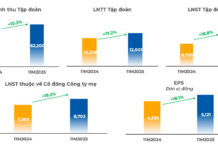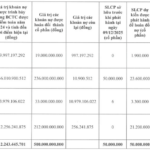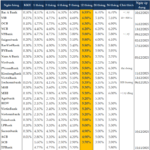According to estimates by the Vietnam Association of Seafood Exporters and Producers (VASEP), shrimp exports in May 2024 reached $361 million, bringing the total shrimp export turnover for the first five months of 2024 to $1.335 billion. In 2024, the shrimp industry aims to achieve an export turnover of $4-4.3 billion.
THE $10 BILLION TARGET IS NOW A DISTANT GOAL
Vietnam is one of the top five shrimp-producing countries in the world, alongside Ecuador, China, India, and Indonesia. These five countries supply 74% of the world’s shrimp.
According to the Directorate of Fisheries (under the Ministry of Agriculture and Rural Development), Vietnam’s current shrimp farming area has reached 737,000 hectares. The shrimp output in the first five months of 2024 is estimated at 372,000 tons (including an estimated 329,000 tons of farmed shrimp and the rest from shrimp caught at sea), an increase of 3.8% compared to the same period last year.

The National Action Plan for the Development of Vietnam’s Shrimp Industry towards 2025, issued by the Prime Minister in Decision 79/QD-TTg dated January 18, 2018, sets a target for the total shrimp farming area in Vietnam to reach 750,000 hectares by 2025, with a production output of over 1 million tons and a shrimp export turnover of $10 billion.
Vietnam’s shrimp farming area has increased from 644,000 hectares in 2012 to 737,000 hectares in 2022, and the shrimp output has risen from 463,000 tons in 2012 to 1 million tons in 2022. Overall, the shrimp industry has achieved its targets in terms of area and output. However, the export turnover of shrimp has remained stagnant since 2018.
Specifically: in 2017, it reached $3.7 billion; in 2018, it was $3.55 billion; in 2019, it was $3.38 billion; in 2020, it was $3.69 billion; and in 2021, it reached $3.88 billion. In 2022, shrimp exports set a record of $4.3 billion. However, in 2023, shrimp exports fell to $3.38 billion, a decrease of 21.7% compared to 2022. In 2024, the shrimp industry aims to achieve an export turnover of $4-4.3 billion. With this growth rate, it can be said that the $10 billion export target for the shrimp industry is unattainable.
Explaining the reasons, Dr. Ho Quoc Luc, former Chairman of VASEP and Chairman of the Board of Directors of FIMEX, said that the average export price of shrimp is now only two-thirds of what it was five years ago. At the same time, geopolitical conflicts and the global economic downturn have affected the consumption of shrimp, while transportation costs and input prices have increased significantly, all of which have impacted the shrimp industry.
FOCUSING ON SHRIMP INDUSTRY DEVELOPMENT
The Mekong Delta is the hub of Vietnam’s shrimp farming industry, with a shrimp farming area of over 700,000 hectares, accounting for more than 90% of the country’s total shrimp farming area. Ca Mau and Bac Lieu are the two largest shrimp-farming provinces in the Mekong Delta. Bac Lieu has 143,000 hectares of shrimp farming area, with a production output of 257,000 tons in 2023. Ca Mau has nearly 280,000 hectares of shrimp farming area, accounting for 45% of the region’s total. In 2023, Ca Mau’s shrimp output reached 233,000 tons, with an export turnover of $1.2 billion.
On May 25, 2024, the Chairman of the People’s Committee of Ca Mau province, Huynh Quoc Viet, signed a decision approving the plan for the development of the province’s shrimp industry for the period of 2021-2030, with a vision towards 2050. The expected investment capital for the development of the shrimp industry in Ca Mau province until 2030 is about VND 20,000 billion. Of this, VND 4,050 billion will come from the state budget, and the rest will be contributed by other economic components.
The goal by 2030 is to maintain Ca Mau’s shrimp farming area at 280,000 hectares, including 8,000 hectares of super-intensive shrimp farming, 1,700 hectares of intensive farming, 240,000 hectares of improved extensive farming, and 30,300 hectares of extensive farming. The plan also involves developing two aquatic complexes in Nam Can and Dam Doi districts.
By 2030, the total output of farmed shrimp in Ca Mau is expected to reach 350,000 tons, with an export turnover of $1.65 billion. The province aims to enhance the processing capacity of seafood factories and shift the structure of export products towards increasing the proportion of value-added processed products to 80% and reducing the proportion of semi-processed products to below 20%…
The full content of this article is published in the Vietnam Economic Magazine Issue 23-2024, released on June 03, 2024. Readers are invited to read it at here:
https://postenp.phaha.vn/chi-tiet-toa-soan/tap-chi-kinh-te-viet-nam
